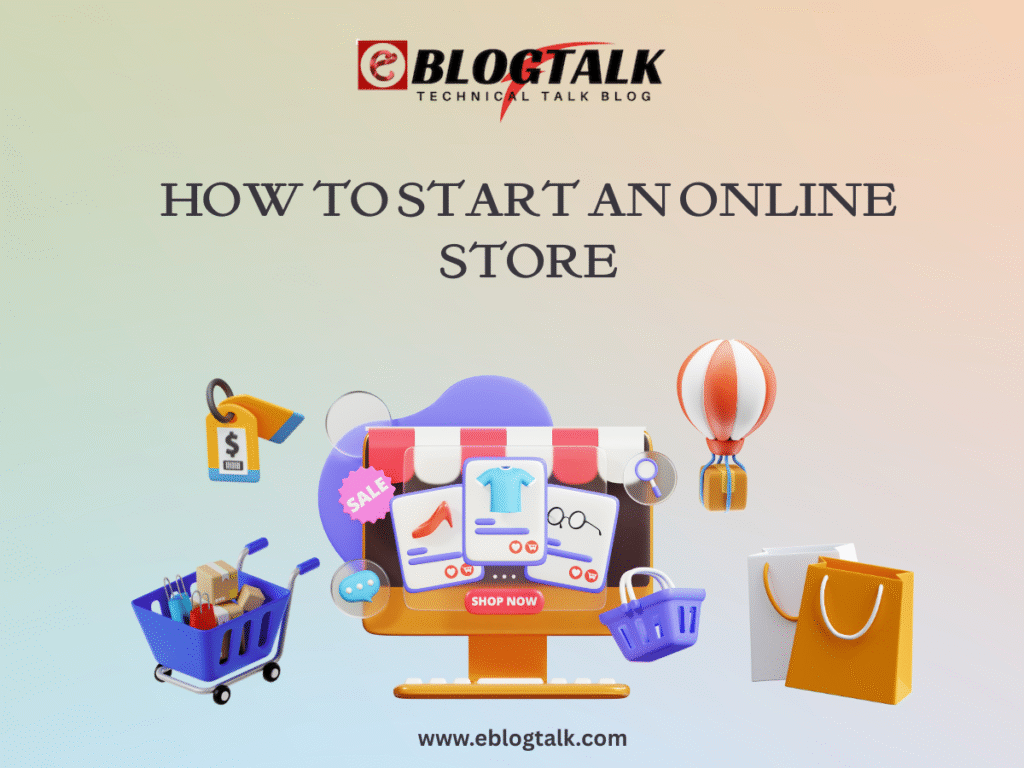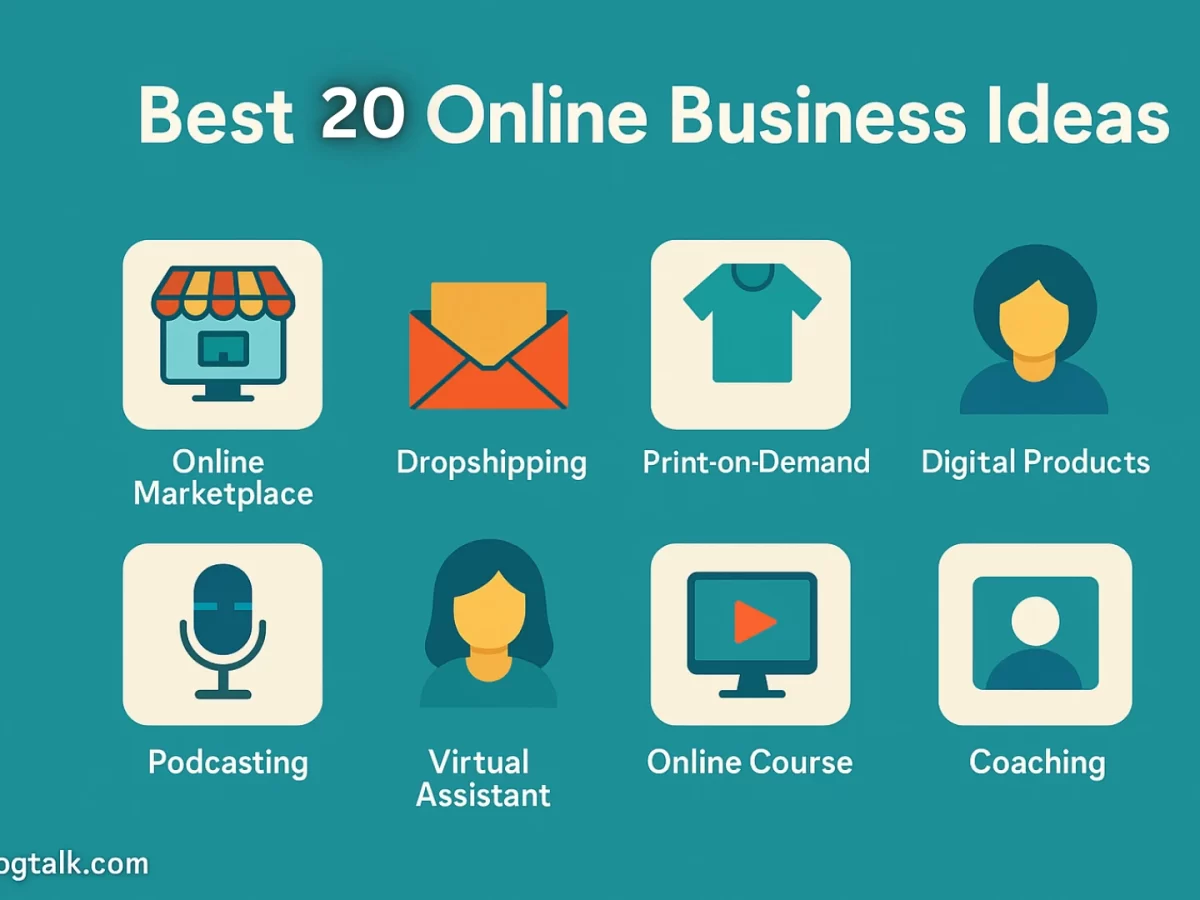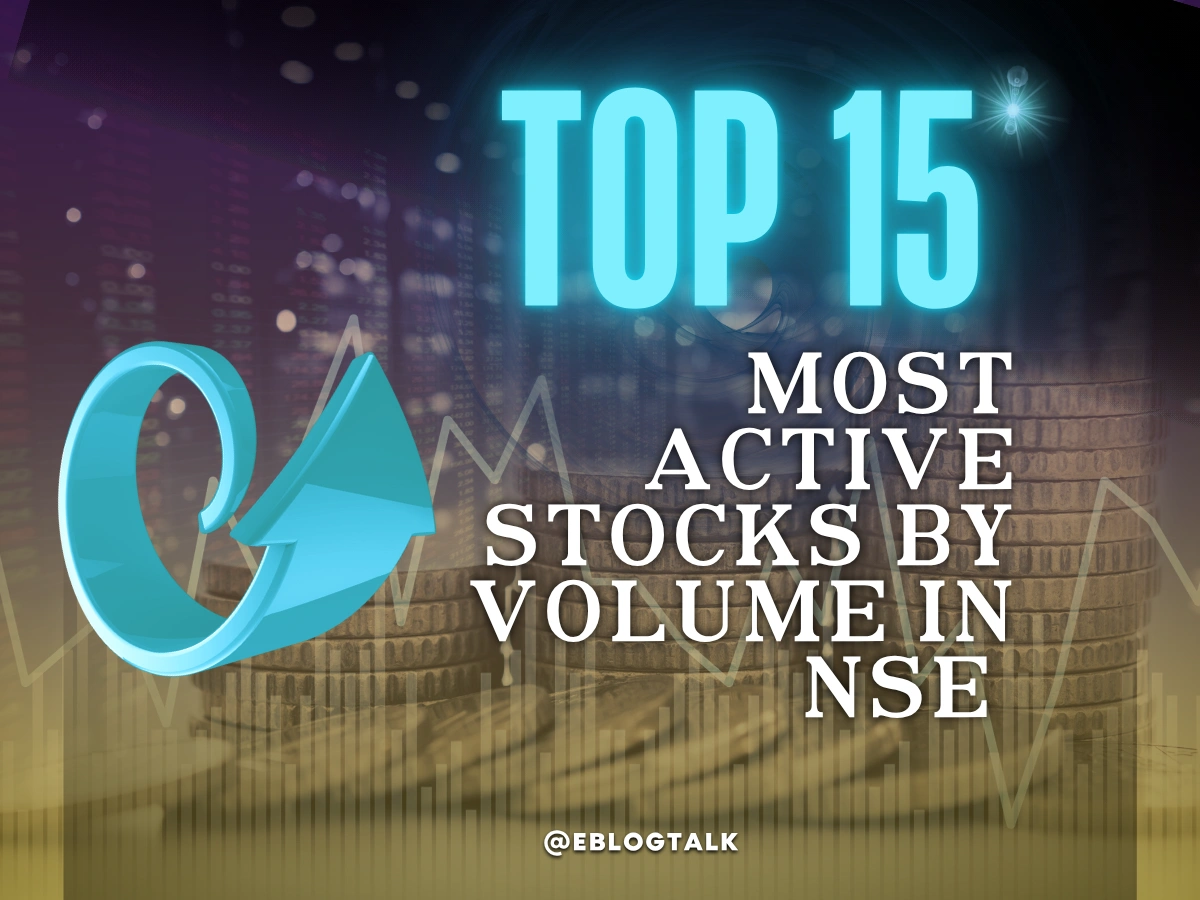The barriers to eCommerce success have never been lower, yet competition is fiercer than ever. The modern tools of a site builder based on artificial intelligence, blazing-fast web hosts, and pain-free payment processing systems allow you to go farther with an idea in your head to the checkout page within a matter of hours.
Conversely, 4.1 million new online stores were launched within a single year alone, and therefore, strategic planning, foolproof execution and utmost optimization are requisite.
The guide below offers an end-to-end blueprint for building, branding, and scaling a profitable online store in 2025. Let’s look at the 12-step framework guide, fully updated with 2024-2025 market data, and expanded with actionable tactics you can implement today.
- Why Sell Online in 2025?
- Choosing the Right Tech Stack
- Step 1: Choose a Product to Sell
- Step 2: Design Your Brand
- Step 3: Register Your Business
- Step 4: Set Up WordPress Hosting & Domain Name
- Step 5: Install WordPress (The 5-Minute Launch)
- Step 6: Set Up Your WooCommerce Store
- Step 7: Select and Customize Your Online Store’s Design
- Step 8: Add Products to Your Online Store
- Step 9: Set up Payments, Taxes and Shipping
- Step 10: Optimize Your Online Store
- Step 11: Master WordPress to Grow Your Business
- Step 12: Take It Further
- FAQs About Start an Online Store 2025
Why Sell Online in 2025?

The global eCommerce market continues its meteoric rise, with worldwide retail eCommerce sales projected to reach $6.8 trillion in 2025, up from $6.4 trillion in 2024. This comprises 21 per cent of all the global retail sales, an all-time high, but the trend is projected to jump to almost 23 per cent by 2027. With high smartphone penetration (over 5 billion users), convenient digital payments and personalization done through AI, consumers now demand a fast and seamless online shopping experience anytime and anywhere.
Emerging markets are driving a lot of this growth. In 2024, India, Brazil and Mexico had 20 per cent or more e-commerce growth, which was more than 11 per cent year-on-year, because new customer bases were unlocked by increasing online access. The Asia-Pacific market alone generated 3.45 trillion in sales in 2025, with the Chinese market alone creating 3.45 trillion in online sales, accounting for almost half of all online sales. In the meantime, North America and Western Europe continue to have good per-capita expenditure, with the US recording online sales of 1.14 trillion in 2024 and the U.K. having sales of 196 billion in 2023.
Social commerce is moving too: the total volume of social commerce sales worldwide is expected to reach over $100 billion in 2025, growing at a 22.4 per cent annual rate compared to the previous year, as in-app checkout and Buy buttons eliminate the need to leave the app to make a purchase.
To sum it up, selling online in 2025 entails both having access to a massive and fast-growing (still $6.8 trillion worth) global marketplace combining AI and social commerce with high levels of sophistication when it comes to consumer demands and ensuring that logistics are such that cart abandonment does not set in. The opportunity is vast, but only merchants who excel in customer experience, speed, and personalization will win.
Choosing the Right Tech Stack
Platform Ownership & Control Monthly Cost Range Customization Depth Market Share 2025 Ideal For
WordPress + WooCommerce. You own 100% of the code & data $2.95–$30 Unlimited via 70,000 + plugins 20.1% among e-commerce sites —sellers who want full flexibility.
Shopify Software-as-a-service; data stored on Shopify $29–$399 Moderate; limited to the app ecosystem 26.2% market share Quick-start beginners prioritizing convenience
BigCommerce SaaS, similar to Shopify $39–$399. Good B2B features; fewer apps, 3.4% market share, Mid-market brands
Now let’s look at the 12-step guide to get your online store rolling.
Step 1: Choose a Product to Sell
Choosing a winning offer is the single most important decision you will make. Here’s a data-driven framework:
- Find Macro-Trends: Google Trends can be cross-referenced with Amazon Movers & Shakers and social discovery feeds (TikTok’s Made Me Buy It), to identify upward demand curves.
- Confirm price elasticity: Make sure there are at least 40 per cent gross margins when considering the cost of goods, shipping fees, payment processing charges, and returns.
- Rigour-Test Supply Chains: Gen Z now requires delivery windows in an average of 2.5 days. Otherwise, overcome that SLA by selecting a product that can be shipped in small and light packages.
Choose a Fulfilment Model:
Model Up-Front Capital Avg. Margin Pros Cons
- Handmade Low 50 – 70% Unique story, niche audiences, Labour-intensive
- Wholesale Medium 25 – 45% Proven products Inventory risk
- Print-on-Demand Very low 20 – 35% No inventory Lower AOV; longer ship times
- Dropshipping Minimal 15 – 30% 0 inventory Fierce competition
- Digital Products Low 70 – 90% Passive after launch, Higher refund risk
More Resources:
Successful Entrepreneurs in India 2025
Young Entrepreneurs in India
MBA Chai Wala Net Worth 2025
Vivek Bindra Net Worth 2025
Aman Gupta Net Worth 2025
Emiway Bantai’s Net Worth 2025
Archana Puran Singh Net Worth 2025
Step 2: Design Your Brand
Branding is no longer a symbol on a box, but every point that the consumer touches, such as unboxes, after-purchase emails.
- Name Brainstorming: Take business name suggestions through a business name generator. Then do USPTO and WIPO trademark searches. .com domains continue to convert at 27 per cent higher rates compared with the other TLDs.
- Logo & Colour System: Blue helps consumers feel they trust the company, and green makes the company seem sustainable. To have visual coherence, only use three fundamental colours in your palette.
- Voice Chart: Write a brief which describes the tone (friendly vs. expert), vocabulary rules and punctuation system of any future content.
Step 3: Register Your Business
Type Typical US Cost Timeline Purpose
- LLC or Corporation Filing $50–$300 state fee, 1–7 days, Limits personal liability
- EIN Application Free Immediate via IRS Needed for tax remittance
- Sales-Tax Permits $0–$50 per state. Varies. Legally collect taxes
- Business Bank Account $0–$25 monthly, Same day, Keeps finances separate
- General Liability Insurance $29–$79 monthly 1 day Protects against claims
Step 4: Set Up WordPress Hosting & Domain Name
- Choose a Host: Bluehost, SiteGround, and Hostinger are all less than $3/month and come with a free domain name during the first year.
- Domain Registry: Most common .com cost is 10-20/year to renew; make sure you know the costs after the first year to prevent sticker shock.
- Get an SSL Certificate: All good hosts offer free Let’s Encrypt SSL. HTTPS is a requirement to be PCI compliant and improves Google rankings.
- Point DNS Records: Update A-records to your server’s IP and verify propagation at whatsmydns.net.
Step 5: Install WordPress (The 5-Minute Launch)
The majority of hosting dashboards have provided one-click WordPress install wizards. Here are the basic steps:
- Download WordPress 6.x from wordpress.org.
- Upload files via FTP to /public_html.
- Create a MySQL database and user from cPanel.
- Run yoursite.com/wp-admin/install.php and follow prompts.
Step 6: Set Up Your WooCommerce Store
Install WooCommerce: Plugins ➜ Add New, search WooCommerce, install, and activate (8 + million active installs).
Setup Wizard:
- Store info: Address, currency, industry.
- Type of products: They are either physical, digital, memberships, or subscriptions.
- Recommended Extensions: Skip now to minimize overhead.
- Default Pages: WooCommerce will create Shop, Cart, Checkout and My Account pages automatically- do not delete.
- Optimise Permalinks: Set your store base and descriptive slugs to get SEO.
Step 7: Select and Customize Your Online Store’s Design
Theme Category Examples Loading Time (Median) Strengths
- Block-Based (FSE) Twenty Twenty-Four, Blocksy 0.9 s Native Gutenberg editing
- Classic Flatsome, Storefront 1.1 s, Mature ecosystem
- Page-Builder Astra + Elementor, Divi 1.3 s Drag-and-drop
- To new users, a current block theme and the Site Editor provide a code-free pixel-level control.
Customization Tips
- Above-the-Fold Readability: Display a hero image, UVP headline and shop-now CTA.
- Mega-Menus: Hidden navigation kills conversion by 9% Encourage the best-selling categories in navigation.
- Trust Badges: Place SSL, free shipping, and accepted payment logos next to the Add-to-Cart buttons.
Step 8: Add Products to Your Online Store
Find Products ➜ Add New. Include:
- Title with Keywords: Organic Matcha Powder Ceremonial Grade 100 g.
- Lead with benefits, bury specs in the body.
- High-Res Images: 1080 × 1080 px +; compress to < 150 KB.
- Product Video: The 30-second demonstration can increase the conversion by 16%.
- SKU & Inventory Controls: Allows the low-stock notification at 5 units.
Import in bulk using CSV in case you have hundreds of SKUs. The native importer of WooCommerce contains mappings of such columns as name, price and URL image.
Step 9: Set up Payments, Taxes and Shipping
Payments
Gateway Transaction Fee Supported Regions (2025) Highlights
- WooPayments (Stripe) 2.9% + $0.30 25 countries Apple Pay, Google Pay out-of-box
- PayPal Checkout 3.49% + $0.49 200 + “Pay Later” BNPL
- Razorpay 2% India UPI & local wallets
- Coinbase Commerce 1% Global Accepts crypto
Taxes
To get updates in real-time US and EU VAT rates, enable automated taxes (WooCommerce ➜ Settings ➜ General ➜ Enable automated taxes).
In the case of Canadian GST/HST, install the plugin Simple Sales Tax and map provinces.
Shipping
- Zones: Local pickup, international, and domestic.
- Flat rate, free over X (average free-shipping threshold is 55), live carrier rates (UPS, Canada Post).
- Labels: WooCommerce Shipping allows printing USPS + DHL labels without going out of the dashboard.
Other Resources:
AdSense Plugins for WordPress 2025
WordPress AntiSpam Plugins 2025
WordPress Form Builder Plugins 2025
Google Analytics Plugins For WordPress 2025
WordPress Advertising Management Plugins 2025
WordPress Cache Plugins to Improve Speed and Core Web Vitals 2025
WordPress Backup Plugins For Automated Backup 2025
Step 10: Optimize Your Online Store
Performance:
- HTTP/3, CDN (Cloudflare free tier) and object caching.
- Total load target < 2s; each 100 ms of delay may loss of 1 per cent of revenue.
SEO:
- Download Yoast or Rank Math.
- Make neat product-based XML sitemaps.
Conversion Rate Optimization:
- A/B test CTA colours with Google Optimise.
- Implement one-page checkout via FunnelKit; typical uplift = 7-12%.
Analytics:
- MonsterInsights inserts the GA4 eCommerce event directly into WordPress.
- Trace funnel leakage between the Cart and the Checkout processes.
Step 11: Master WordPress to Grow Your Business
Learning Resource Format Audience
- WPBeginner Blog & YouTube Written + Video Absolute beginners
- WordPress.tv Recorded WordCamps Intermediate
- Make WordPress Slack Real-time community Developers
- Gutenberg Times Newsletter Site builders
- Get in a mastermind or Facebook group of at least one; network effects are exponentially faster at making you used to WordPress.
Step 12: Take It Further
After launching your online store, scaling means making intelligent growth that is based on your WooCommerce implementation. Concentrate on the tactics that can fit your niche to increase revenue and reach without making the process overly complicated.
Further below, we will describe important directions in a simplified manner, marking tools, extensions, and estimated ROI concerning the 2025 trends to test one by one to achieve the best results.
- Sell Subscriptions: Turn buyers into repeat customers with automated billing for items like monthly boxes or digital access. Use Woo Subscriptions or MemberPress for easy setup. Potential ROI: Up to 5× higher lifetime value through steady recurring revenue and improved retention (often 30-50% better in niches like wellness).
- Open a Marketplace: Open your site to third-party sellers, developing a community-type site such as mini-Amazon. Such plugins as Dokan or WC Vendors take care of the logistics and give you commissions. Potential ROI: 8-12 per cent on purchases as your gross merchandise volume increases, and perfect in variety-based niches, such as crafts.
- Multilingual Store: Go international by translating your site to non-English speaking countries, localized SEO, and localized currencies. This is done automatically by Weglot or WPML. Potential ROI: Averages 17 per cent sales lift in such areas as EMEA, lowering the barriers and establishing trust among international shoppers.
- Mobile App Wrapper: Make your store a native iOS/Android app to get access to mobile traffic (more than 60 per cent of e-commerce). Apps such as MobiLoud or AppMySite include push notifications and offline capabilities. Potential ROI: 28% conversion lift with the help of personalized alerts, re-engaging the users and reducing abandonment.
- Headless Commerce: Decouple your frontend for faster, app-like experiences using WooGraphQL with Next.js or Hydrogen. This optimizes performance for high-traffic sites. Potential ROI: ~300 ms faster load times, leading to higher engagement, better SEO, and increased sales.
Conclusion
Launching a profitable online store in 2025 is less about technical wizardry and more about disciplined execution of proven fundamentals. WordPress and WooCommerce provide you with the flexibility of an enterprise at bootstrap prices, and AI-driven design tools can shrink the construction process schedule down to hours.
Follow this 12-step blueprint as your guide, be fanatical about customer experience, and iterate over and over again. Your store can succeed in the trillion-dollar eCommerce market that is being shaped today.
FAQs About Start an Online Store 2025
1. How much does it cost to start an online store?
Domain $10–20/year; Hosting $36–$90/year; Premium theme $0–$79; Essential plugins $0–$250. Realistically, a lean MVP can launch for under $300 all-in.
2. Can I sell without holding inventory?
Yes. Implement dropshipping (AliExpress, Spocket) or print-on-demand (Printful, Gelato). Note margins and ship times differ: POD CAGR 25.3% through 2033.
3. Is WooCommerce secure enough for high-volume stores?
Automattic audits core code. Over 50% of exploits stem from outdated plugins—enable automatic updates and use a WAF such as Cloudflare Pro.
4. Should I accept crypto in 2025?
Crypto payments represent 5.4% of US eCommerce checkouts and can cut chargeback risk by 97%. Plugins like Coinbase Commerce add BTC, ETH, and USDC with instant settlement.
> My Response is on my own site
> Image Sharing Sites
> Profile Submission Sites
> Edu Sites for Backlinks
> Ping Submission Sites
> PDF Submission Sites
> Social Bookmarking Sites
More Resources:
> What is breadcrumb navigation for SEO?
> Mobile SEO Mistakes
> How do we improve page speed- The Complete Guide
> SEO Myths about website optimization






